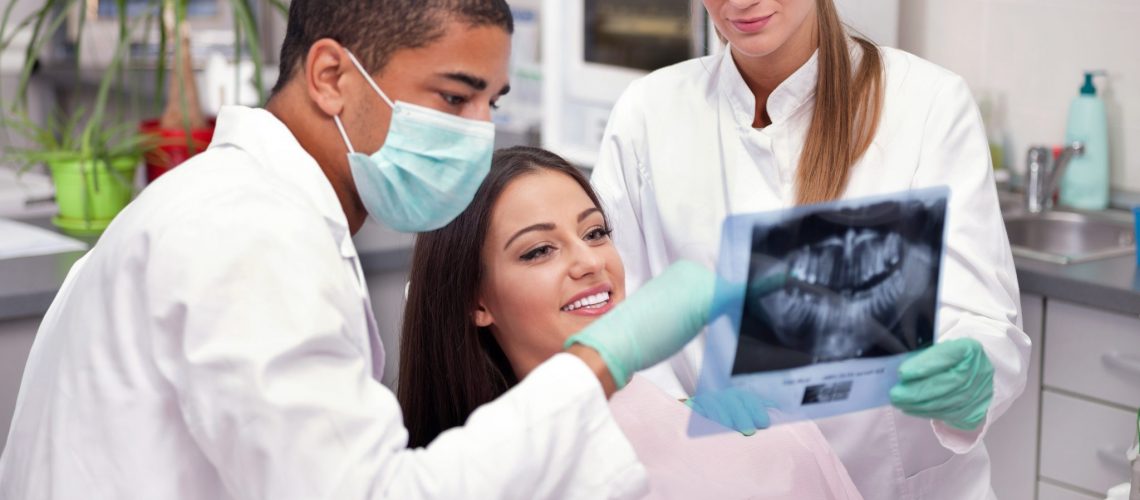Winter is a time of the year where days are shortened and nights are lengthened. Also at this time of the year the low temperatures, so it is common the appearance of colds and flu, which make the immune system defenseless. For these reasons, this year is very important to take care of yourself to prevent all these diseases and symptoms so typical of winter. In addition, we cannot neglect the care of the mouth, since the oral cavity is also more vulnerable to weather variations and we must prevent possible pathologies of the oral cavity.

TIPS TO TAKE CARE OF YOUR SMILE IN WINTER
During the winter in the oral cavity and in the perioral zones, a series of change occurs as a result of the lowering of temperatures and the changes that this entails. The lips during winter undergo changes and these are drying and dehydrating due to the cold and humidity of the oral cavity. Thus, at this time of the year it is of special interest to drink a large amount of water to keep the body and skin hydrated and, in addition, moisturize the lips with special creams to protect them and avoid moistening them with their own saliva. During these winter months temperatures drop and cold air also appears. The entry of air into the oral cavity can cause dental hypersensitivity. In addition, during this time of the year the fruits of season that are more consumed are usually acidic and of an intense color, so it can increase the sensitivity in the teeth and cause damage to the enamel. With the arrival of the cold, the consumption of drinks such as tea and coffee is increased, which can cause extrinsic stains to appear on the surface of the teeth. In addition, at Christmas the intake of products sweetened by multiple dinners and family meals, as well as Christmas events with friends. So the risk of caries is increased and the appearance of future pathologies. In the winter it is essential to cover yourself well and warm up with appropriate clothing to prevent all the pathologies and symptoms typical of this time of year. In addition, covering the neck and mouth area can improve the sensation of dental hypersensitivity by preventing cold street air from entering the oral cavity.
It is very important to perform a good tooth brushing technique to prevent multiple oral pathologies, and also prevent the appearance of extrinsic stains. One of the most recommended brushing techniques is the modified Bass technique. This technique involves placing the brush at an angle of 45 degrees with the axis of the tooth. With this position a slight penetration of the bristles of the brush is achieved in the gingival groove and can eliminate the bacterial plaque from this sensitive area. While maintaining the position it is recommended to perform a small vibrational movement together with a sweep towards the occlusal / incisal area of the tooth. Tooth brushing should be accompanied with a fluoridated paste to be able to prevent dental hypersensitivity or, if it exists, to be able to maintain it and even reduce it. In addition, fluoride in toothpaste helps strengthen tooth enamel and can prevent the risk of tooth decay.
It is essential that oral brushing be done for a minimum of 3 minutes and 3 times a day, once in the morning, once after eating and the last before going to sleep. Sometimes it can be boring and heavy to be brushing your teeth for 3 minutes, it is recommended to listen to a song that has an approximate duration and thus tooth brushing can be a pleasant part of the day. Tooth brushing should be complemented with interproximal hygiene, that is, the hygiene of the interdental spaces, which during planing can not eliminate plaque. To perform this interproximal hygiene, floss or interdental brushes must be used.

